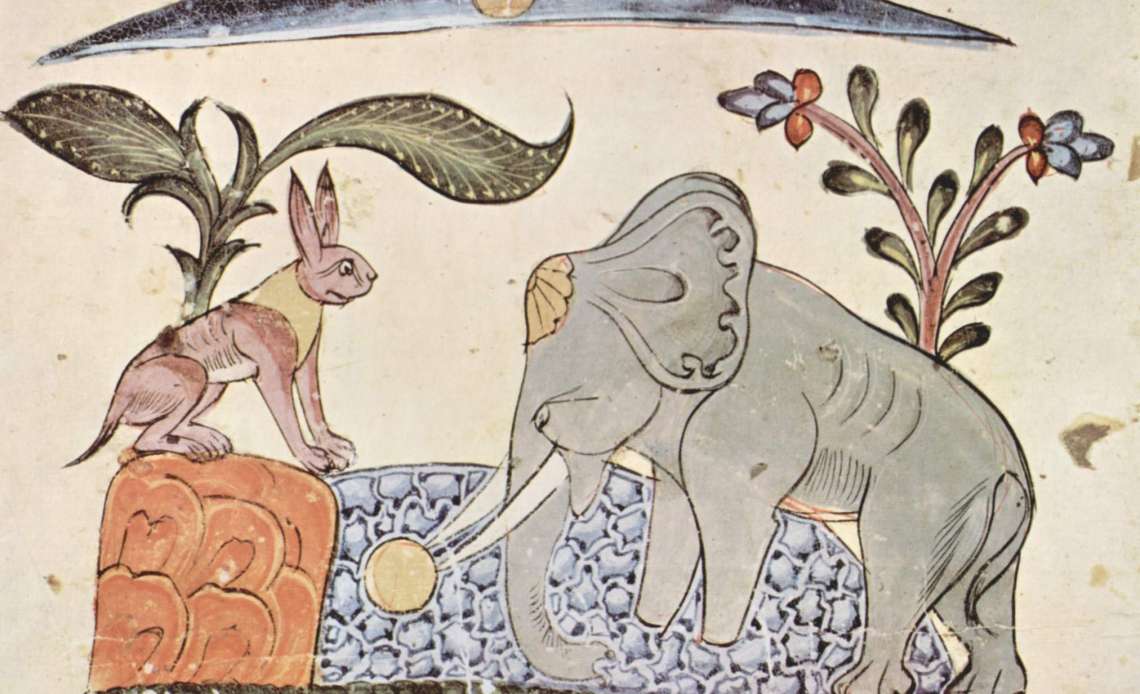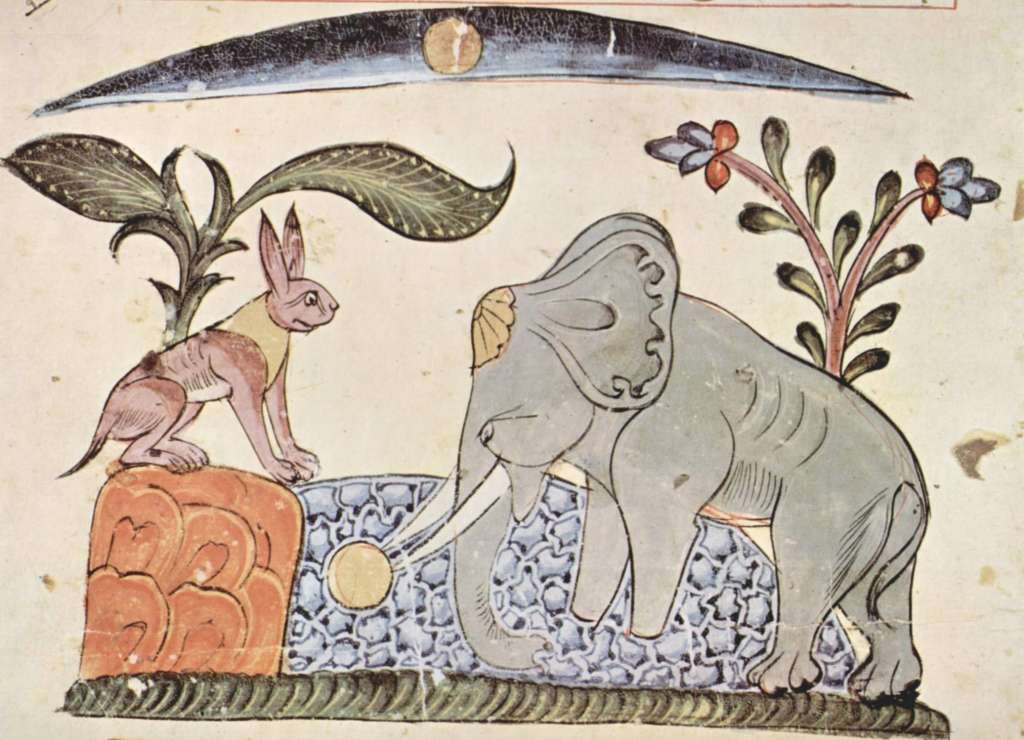
Different thoughts come to our mind when we hear the word ‘Panchatantra’. Some think of stories, some of the old folktales. But no one exactly knows the meaning of Panchatantra and the irony is no one can deny that they never heard of any Panchatantra story.
Throwing some light on its meaning, Panchatantra is an ancient Indian collection of animal fables. A fable is a fictional story featuring animals, plants and other natural beings which weave a story and specifically ends with a moral. For example, the very famous the hare and the tortoise is a fable with the moral i.e. slow and steady wins the race. This fable was written by Aesop.

The Panchatantra was written 2000 years back, but it is still famous and guiding due to the moral values and knowledge in it. Initially it was written in the Sanskrit language; but today it is available in many languages throughout the world. The Panchatantra consists of 87 stories and every story has a moral value hidden in it. It is an excellent medium to understand the great moral values of human life. Through these stories, one can understand psychology, worldly affairs and rules of politics. The Panchatantra thus has a prominent place in Sanskrit literature.
History of Panchatantra
It is originally a Sanskrit verse and dates around 200 BC. ‘Pancha’ means five and ‘tantra’ means principle; thus, ‘Panchatantra’ means ‘Five principles’. Though the author remains unknown and different stories unfold different names. But one name significantly comes up is Vishnu Sharma and Vasubhaga. Panchatantra is a text collection and is a treatise on how should one conduct itself. The sole purpose of the treatise is to teach people how one can bring utmost joy and happiness through friendships, moral actions, decisions and conduct.
The originality of the stories is somewhat dusty as different histories show similar stories. The Jataka tales also have some common stories. But one thing that can surely be said is that it is based on the old tradition of oral storytelling in India. Panchatantra rotates and revolves around mystery and controversy because of a foggy history. The writer’s name remains unclear, the religion of the writer, the age of the text and sometimes originality also. It is doubtless true that in the remote past many stories had their origin among the illiterate folk, often in pre-literacy times, and were later taken into literature. It is also just as true that many stories that appear in literature existed there first and are not indebted to the folklore for their origin. But leaving aside questions concerning the early history of Hindu stories and dealing strictly with modern Indian fiction, we find that folklore has frequently taken its material from literature.
In earlier times it was translated into many languages. As records say, the first translation was in Pahlavi around 550. Interestingly, the first translation was into a non-Indian language which was originated in Middle-Persia. It became the basis of translation for Kalilag and Damnag, a Syrian translation name. Following this, the next translation was in Arabic and was named Kalīlah wa Dimnah. It dates around in 750 CE.
But now, Panchatantra is one of the most translated texts of India. It was translated into several languages, including Syrian, Greek, Persian, Hebrew and Spanish, and thus became the source of versions in European languages, until the English translation by Charles Wilkins.
Why Panchatantra is still relevant and you should read?
Panchatantra by Vishnu Sharma, written thousands of years ago, has much to offer by way of insight into human behavior though the characters are entirely from the animal kingdom. Not surprisingly, the running theme of the `Panchatantra’ is “Knowledge is the true organ of sight, not the eyes” and is a practical guide to niti, or the art of intelligent living.
Panchatantra is an excellent medium to understand the great values of human life. The stories convey messages that are direct and simple. Malicious gossip can destroy even great friendships. Never trust an enemy; “reformed enemy” is an oxymoron. Deceit is the only way to overcome an unscrupulous enemy. Caste, color and religion are no barriers to forming lasting bonds; against tyrants, unity is strength. A fool and his gains are soon parted. An intelligent man can overcome adversity by the use of his wit. The consequences of an ill-conceived hastily executed action could be death.
The stories of the `Panchatantra’ offer us the possibility of making our lives richer and more meaningful. Its theme is to highlight the significance of friendships, cooperation, and alliances. It teaches, “Weak animals with varied abilities, working together can accomplish what they cannot when they work alone”.
The Panchatantra tales always ended with a moral which are relevant even today. While some of its stories have management lessons, there are others also, which carry great advice on how one should live his or her life. These stories actually meant to teach some moral lessons to kids so that as they grow up, they become morally strong and firm.
STRUCTURE OF THE BOOK
Panchatantra is a collection of books in with animals are characters with human virtues. In other words we can say anthropomorphism. Panchatantra consists of total five books. Apart from the stories, the characters are noted to quote various epigrammatic verses to illustrate their objectives.
The five books are called:
- Mitra-bheda:
The Separation of Friends (The Lion and the Bull)
The first book, which is the longest of the five books, illustrates the incidents that frequently lead to separation of friends. It begins with a friendship between a lion king, Pingalaka, and a bull, Sanjivaka. Two jackals, Karataka and Damanaka, are ministers of the lion who lead to breaking up the friendship. The jackals narrate most of the thirty stories contained in this part. This book accounts for roughly 45% of the work’s length.
- Mitra-lábha or Mitra-samprápti:
The Gaining of Friends (The Dove, Crow, Mouse, Tortoise and Deer)
The second book illustrates the making or gaining of friends through the friendship between a rat and a crow, which later includes a turtle and a fawn. They collaborate to save each other to illustrate the essence of unity and friendship. This book accounts for roughly 22% of the total work’s length.
- Kákolùkïyam:
Crows and Owls (War and Peace)
The third book illustrates the art of war and the importance of peace through traditional enemies – the crows and the owls. The book showcases the weaker crows overcoming the mightier owls by tactfully gaining access to their secrets and vulnerabilities. This book accounts for roughly 26% of the total work’s length.
- Labdhapranásam:
Loss of Gains (The Monkey and the Crocodile)
The fourth book enlightens how gains achieved may be lost through a symbiotic friendship between a monkey and a crocodile, which conspires to acquire the heart of the monkey. However, the monkey gets to know of this and uses wisdom to avoid the grim fate.
- Aparïksitakárakam:
Ill-Considered Actions (The Brahmani and the Mongoose)
The fifth book revolves around the cases that are considered unacceptable through a Brahmani and her pet mongoose. The mongoose defends her child albeit injuries but gets punished due to the Brahmani’s misunderstanding. She later regrets having killed her friend, and her child’s saviour.
And the advice each section gives in its moral can be penned as:
1. Mitra-bheda: With whom one should not make friendship.
2. Mitra-samprápti: Whom one should befriend
3. Kákolùkïyam: The tale of enmity between a crow and owl.
4. Labdhapranásam: How the things gained are lost or destroyed.
5. Aparïksitakárakam: What is the effect of the things done without proper thinking and planning?
All children love listening to stories. They are a good way to teach values and life lessons to them. Panchatantra tales are ideal to teach your child some key lessons in life. Here are some of the best shortlisted stories you should narrate or make them read so that they imbibe those values in their conduct and life:

